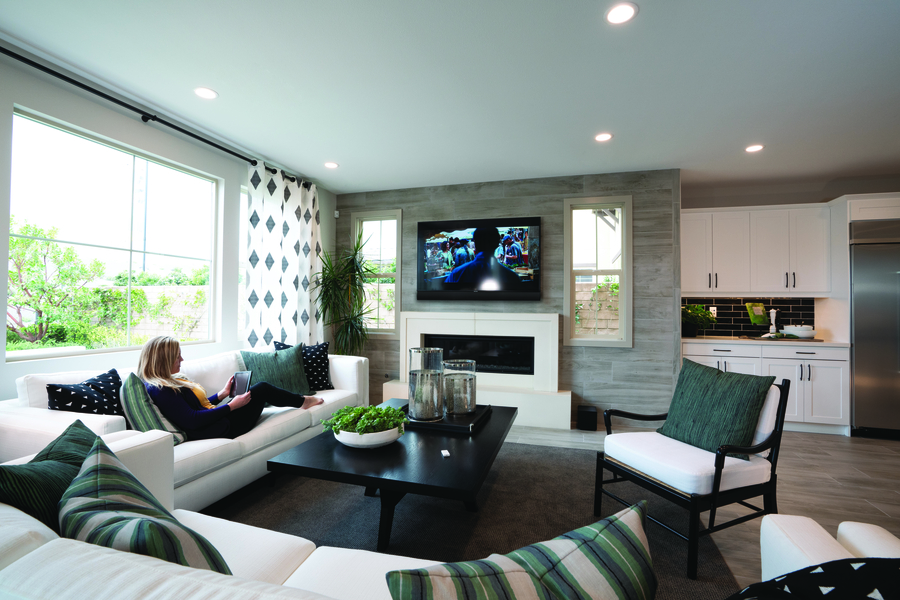The first action in effective surveillance camera placement is to identify vulnerable zones within the store. These locations typically include entry points and exit points, cash registers, and sections where expensive products are displayed. By placing cameras in such areas, retailers can observe customer behavior and spot suspicious activities. Additionally, surveillance systems at entry points can record images of individuals entering and exiting the retail space, which is essential for identifying possible thieves. This preventive approach helps in reducing theft and guaranteeing a safe environment.
Another important factor is the kind of surveillance device visit their website used in the retail space. Different cameras fulfill distinct functions. For example, dome cameras are commonly used for indoor monitoring because they are more noticeable and can monitor a wide area. On the other hand, bullet cameras are best for external application, as they are more visible and can deter illegal behavior. Retailers should evaluate their particular needs and choose the appropriate camera types to ensure comprehensive monitoring of the retail space.

Along with surveillance camera models, the position and height at which cameras are installed have a significant role in their effectiveness. Cameras should be set at a level that enables for clear viewing of individuals and actions without being easily tampered with. A typical recommendation is to install cameras at least 8 to 10 feet off the ground. Furthermore, surveillance devices should be tilted to cover as much area as feasible while preventing blind spots. This tactical placement guarantees that all zones of the store are monitored, offering a full perspective of customer interactions and potential safety risks.
Finally, it is essential for store owners to consistently assess and maintain their surveillance equipment. This includes checking camera functionality, confirming that recordings are clear, and refreshing programs as needed. Regular upkeep aids to prevent technical problems that could jeopardize security. Additionally, retailers should analyze footage regularly to identify patterns in customer behavior and potential safety risks. By staying vigilant and mindful to their surveillance systems, store owners can create a safer retail environment and protect their resources efficiently.